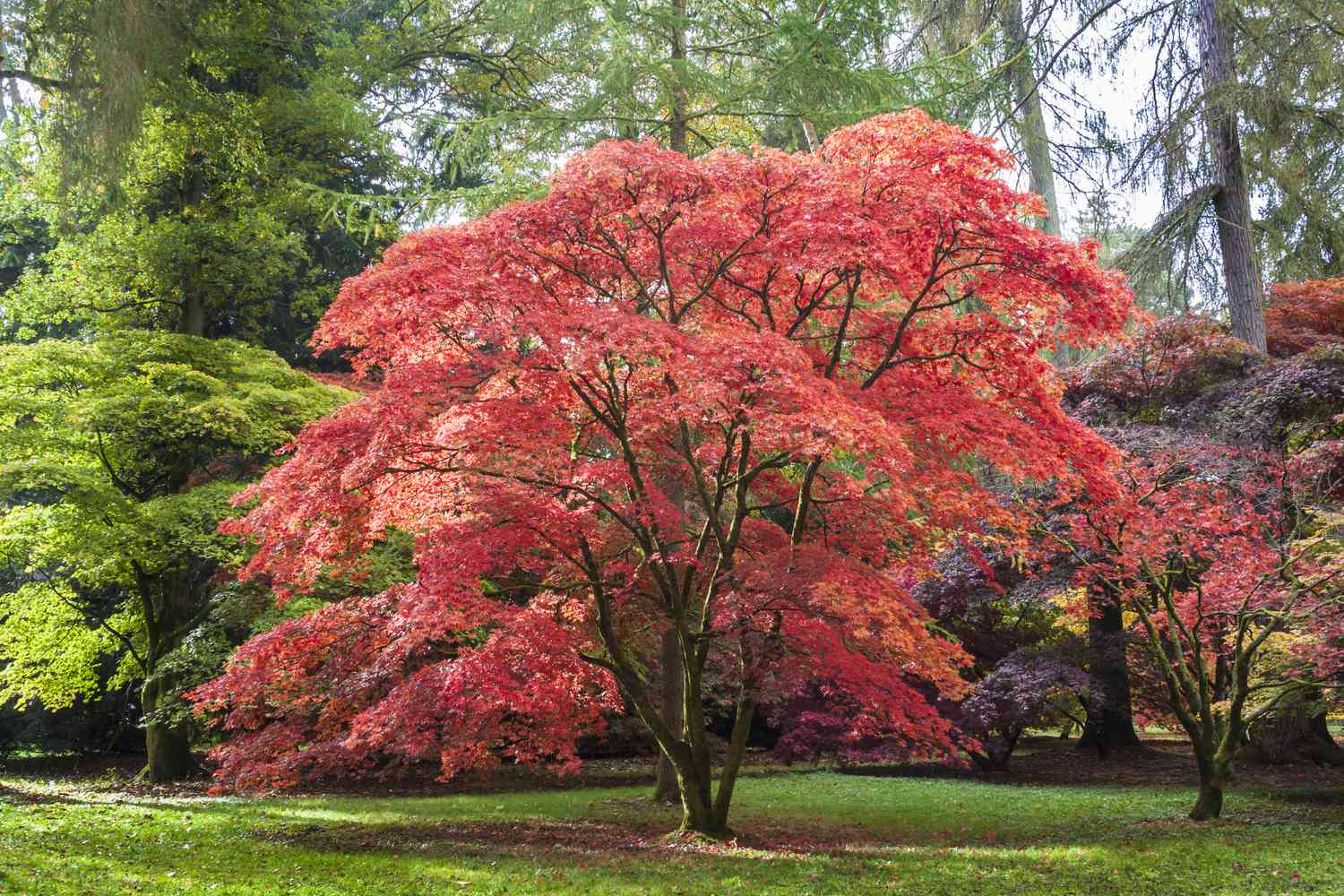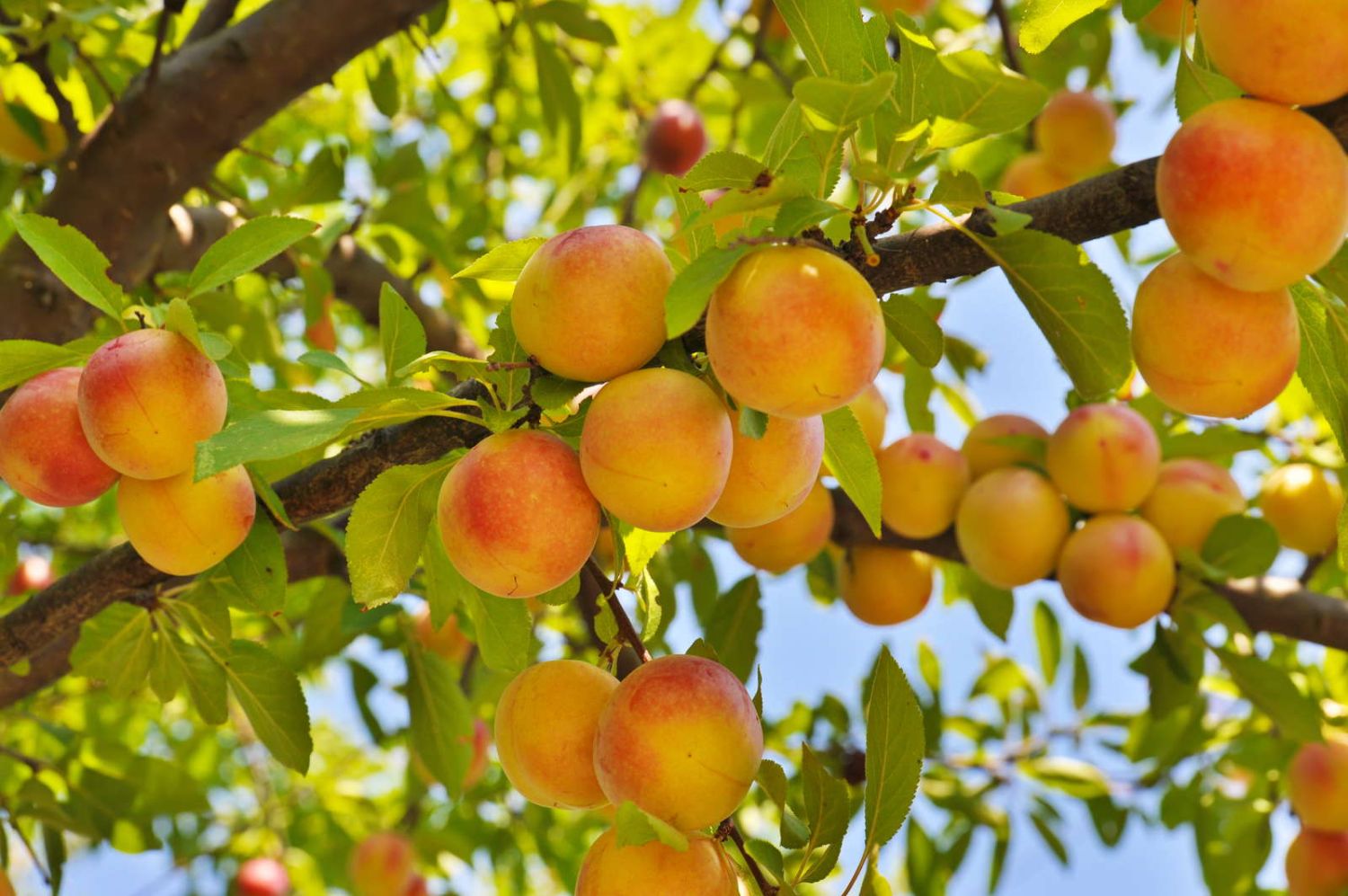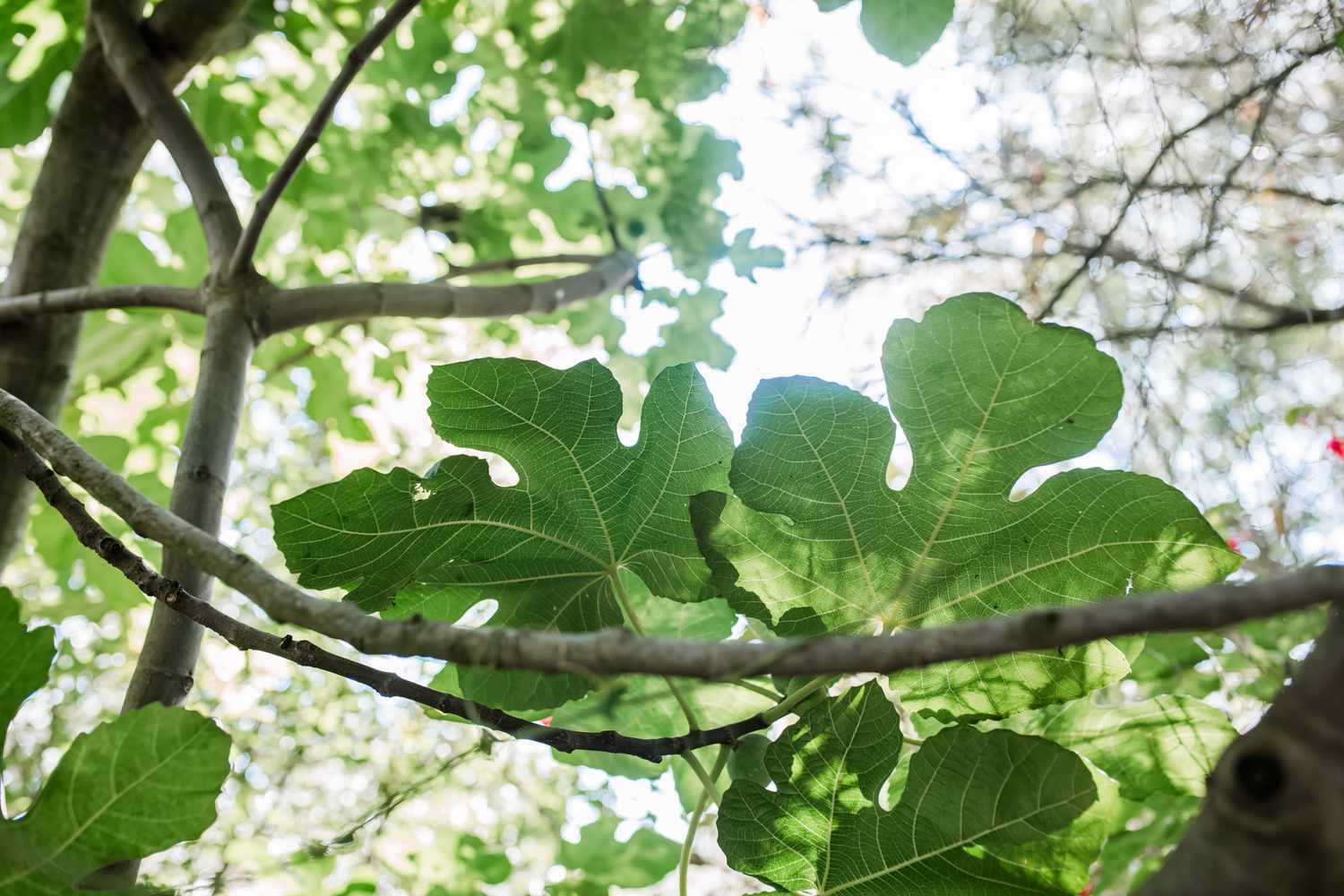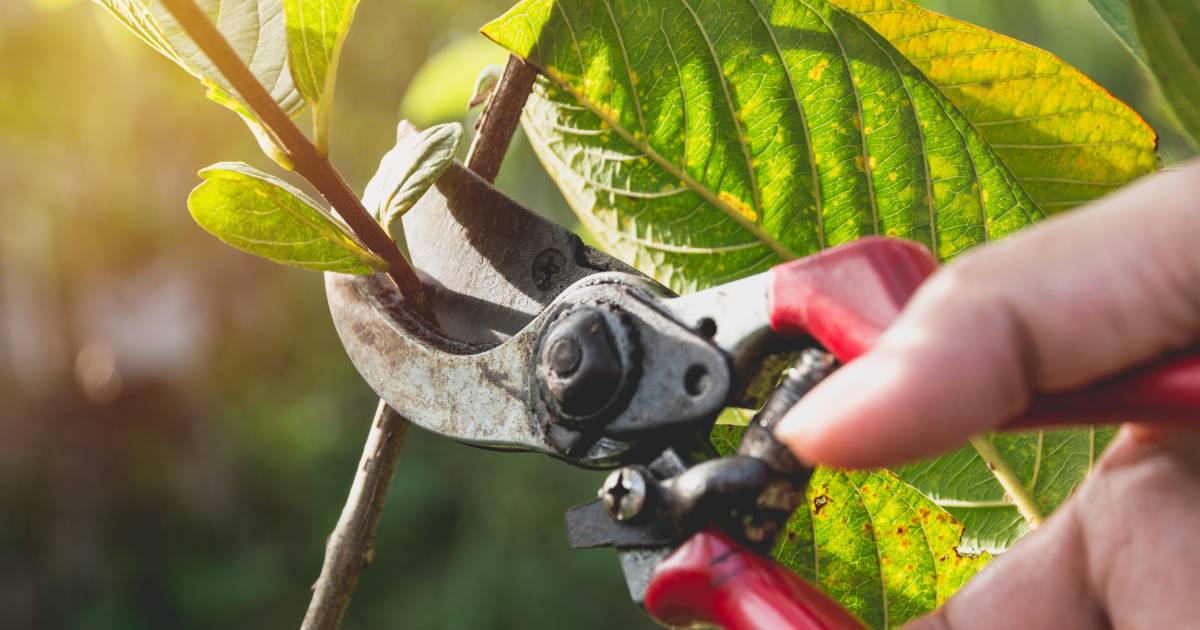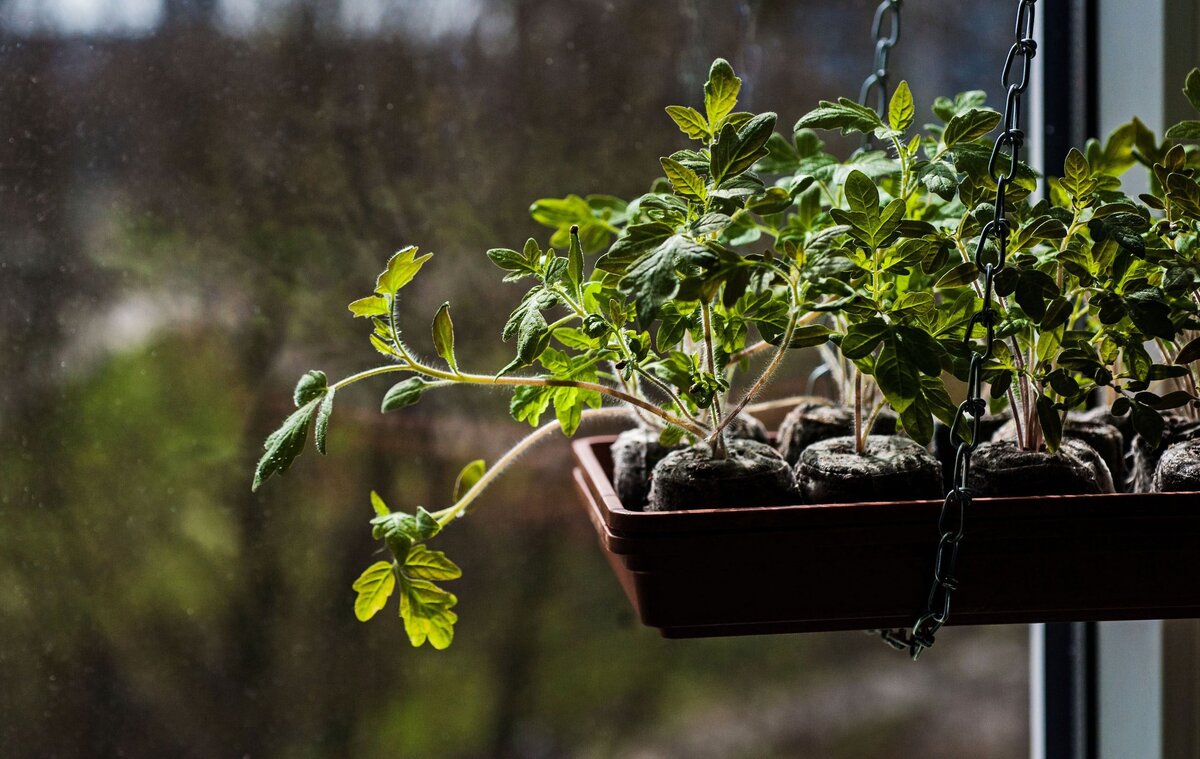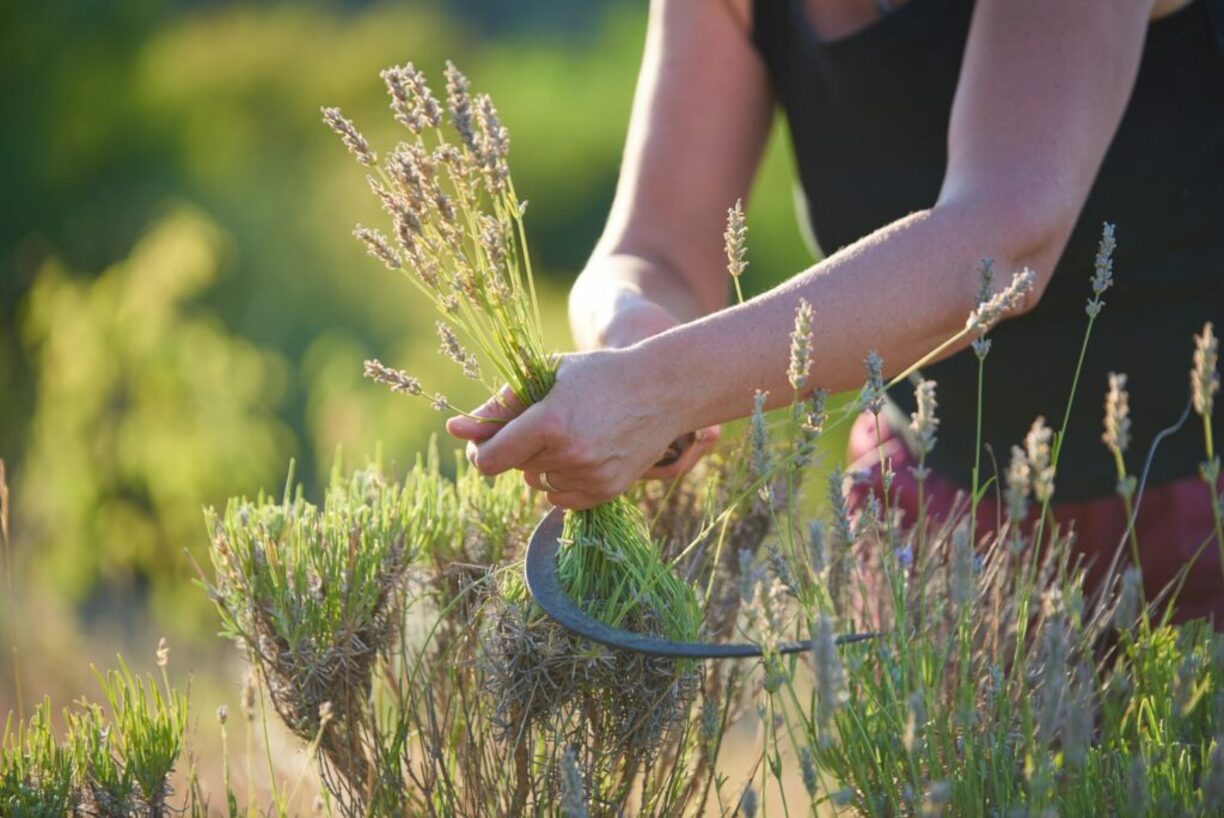Home>Gardening Techniques>Plant Care>When To Prune Orange Trees


Plant Care
When To Prune Orange Trees
Modified: January 22, 2024
Learn the best practices for pruning orange trees with our comprehensive guide. Discover when and how to trim your orange tree for optimal plant care.
(Many of the links in this article redirect to a specific reviewed product. Your purchase of these products through affiliate links helps to generate commission for Chicagolandgardening.com, at no extra cost. Learn more)
Table of Contents
Introduction
Welcome to the world of orange trees! These vibrant and fruitful trees are a wonderful addition to any garden or landscape. However, to keep them healthy and thriving, proper care and maintenance are essential. One important aspect of orange tree care is pruning. Pruning is the process of selectively removing branches and foliage to promote better growth, shape the tree, and improve overall health.
Pruning an orange tree may seem like a daunting task, especially for beginners. However, with the right knowledge and techniques, it can be a rewarding and beneficial practice. In this article, we will explore the art of pruning orange trees, including when to prune, signs that indicate the need for pruning, tools and techniques to use, and steps to follow for a successful pruning session. So, if you’re ready to learn how to give your orange trees the TLC they deserve, let’s dive in!
Before we delve into the specifics of pruning, it’s important to understand the factors to consider before picking up those pruning shears. Firstly, it’s crucial to assess the overall health of the tree. Pruning should only be done on healthy trees, as it requires energy and resources for regrowth. If your orange tree is diseased or stressed, it’s best to address those issues before pruning.
Secondly, you should have a clear goal in mind when pruning your orange tree. Are you aiming to improve its shape, remove dead or damaged branches, or increase air circulation and sunlight penetration? Clearly defining your objective will guide your pruning decisions.
Another factor to consider is the age of the tree. Young orange trees require different pruning techniques compared to mature ones. For young trees, pruning is essential to train their shape and structure, while older trees may need rejuvenation pruning to remove old or overcrowded branches.
Lastly, it’s important to be aware of the specific orange tree variety you have. Different varieties may have different growth habits and pruning requirements. Researching the specific needs of your orange tree will ensure that you prune it appropriately.
Factors to Consider Before Pruning
Before you grab your pruners and start trimming away at your orange trees, there are a few important factors to consider. These factors will help ensure that you approach the pruning process correctly and achieve the desired results.
1. Tree Health: Pruning should only be done on healthy trees. If your orange tree is suffering from disease, pests, or other issues, it’s crucial to address those problems first before pruning. Pruning requires energy and resources for regrowth, so a healthy tree will be better equipped to bounce back.
2. Pruning Objective: Have a clear goal in mind before you start pruning. Are you looking to shape the tree, remove dead or damaged branches, or improve air circulation and sunlight penetration? Defining your objective will guide your pruning decisions and ensure you achieve the desired outcome.
3. Tree Age: The age of your orange tree will also influence how you approach pruning. Young trees require pruning to train their shape and structure, while older trees may benefit from rejuvenation pruning to remove old or overcrowded branches. Understanding the age of your tree will help you determine the appropriate pruning techniques.
4. Tree Variety: Different orange tree varieties may have specific growth habits and pruning requirements. Take the time to research the specific needs of your tree variety. Some varieties may naturally have a more compact growth habit and require less pruning, while others may benefit from more aggressive pruning to maintain their shape and size.
5. Timing: While we will discuss the best time to prune orange trees in the next section, it’s important to mention that timing is a crucial factor to consider. Pruning at the right time can maximize regrowth and minimize stress on the tree. Pruning during the dormant season, before new growth begins, is generally recommended for most orange tree varieties.
By taking these factors into consideration, you’ll be well-prepared to approach the pruning process with confidence and effectively care for your orange trees. Remember, proper pruning is essential for maintaining the health, structure, and overall beauty of your trees.
Best Time to Prune Orange Trees
The timing of when you prune your orange trees can greatly impact their growth and overall health. It’s important to prune orange trees at the right time to maximize regrowth and minimize stress. While specific timing may vary depending on your climate and orange tree variety, there are some general guidelines to follow.
The ideal time to prune orange trees is during the dormant season, typically in late winter or early spring, before new growth begins. Pruning during this time allows the tree to focus its energy on regrowth once the weather warms up. It also reduces the risk of fungal infections that can occur when pruning during rainy or humid seasons.
Pruning during the dormant season has several benefits. Firstly, it allows you to clearly see the tree’s structure, as leaves are not blocking your view. This makes it easier to identify and remove dead or damaged branches, as well as any branches that are crossing or rubbing against each other.
Secondly, pruning in the dormant season stimulates new growth. When you remove branches, the tree responds by producing new buds and shoots. By timing your pruning correctly, you encourage the tree to direct its energy into new growth when the weather is favorable.
However, it’s important to note that some orange tree varieties may have different growth patterns and pruning requirements. For example, if you have a variety that bears fruit in the spring, it’s best to prune after harvest, before new blooms appear. Researching the specific needs of your orange tree variety will ensure that you prune it at the most appropriate time.
Additionally, it’s important to avoid pruning during extreme weather conditions, such as periods of freezing temperatures or excessive heat. Pruning during these times can cause stress to the tree and hinder its ability to recover. Aim for a time when the weather is mild and the tree is in a state of dormancy.
To summarize, the best time to prune orange trees is during the dormant season, before new growth begins. Generally, this occurs in late winter or early spring. By timing your pruning correctly, you can promote healthy regrowth and maintain the overall structure and vitality of your orange trees.
Signs That Indicate the Need for Pruning
Pruning plays a crucial role in maintaining the health and appearance of orange trees. But how do you know when it’s time to pick up those pruning shears? Here are some common signs that indicate the need for pruning your orange trees:
1. Dead or Diseased Branches: Dead or diseased branches should be promptly pruned to prevent the spread of disease and to preserve the overall health of the tree. Look for branches with no signs of new growth, discoloration, or unusual fungal growth. Removing these branches will improve the tree’s appearance and prevent further damage.
2. Overcrowding: If your orange tree has branches that are densely packed or crossing over each other, it’s a sign that pruning is necessary. Overcrowded branches can restrict airflow and sunlight, leading to poor growth and increased susceptibility to pests and diseases. Thinning out the branches will promote better air circulation and light penetration, which is crucial for the tree’s overall health.
3. Weak or V-shaped Branches: Branches that have a weak or V-shaped crotch angle are prone to splitting and breaking under the weight of fruit or strong winds. Pruning these branches helps improve the tree’s structural integrity and prevents future damage. Look out for branches that form narrow angles, as they are more susceptible to splitting.
4. Water Sprouts and Suckers: Water sprouts (vigorous vertical shoots) and suckers (shoots arising from the rootstock) should be pruned to maintain the tree’s desired shape and focus energy on productive growth. These growths are often weak and can divert nutrients from the main branches, affecting fruit production. Regularly removing water sprouts and suckers keeps the tree well-managed and promotes healthier growth.
5. Height Management: As orange trees mature, they can become too tall for easy maintenance and harvesting. Pruning can help manage the height of the tree, making it more accessible for care activities. Additionally, maintaining a manageable height allows for better sunlight penetration, resulting in improved fruit production and quality.
Remember to regularly inspect your orange trees for these signs and prune as necessary. Pruning at the right time and addressing these issues promptly will lead to healthier, more productive trees. However, it’s important to practice moderation and avoid excessive pruning, as it can stress the tree and hinder its growth.
Tools and Techniques for Pruning
Proper tools and techniques are essential for successful Pruning of orange trees. Having the right equipment and utilizing effective techniques will help you achieve your desired pruning goals while minimizing the risk of damage to the tree. Here are some key tools and techniques to consider:
1. Pruning Tools:
- Hand Pruners: Use bypass pruners for branches up to ¾ inch in diameter and anvil pruners for thicker branches. Ensure your pruners are sharp and clean for smooth and precise cuts.
- Loppers: Loppers are useful for cutting larger branches, typically those between ¾ to 2 inches in diameter. Choose bypass loppers for clean cuts and ratchet loppers for extra cutting power.
- Pole Pruners: For reaching higher branches, pole pruners with telescopic handles are convenient. Ensure the cutting blade is sharp and replaceable.
- Pruning Saw: Use a pruning saw for branches too thick for loppers. Look for a curved or straight blade, preferably with impulse-hardened teeth for easier cutting.
- Gloves: Wear protective gloves for hand safety and better grip while pruning. Choose gloves that are flexible and durable.
2. Pruning Techniques:
- Thinning: Thin out overcrowded branches by selectively removing some of them at their base. This technique enhances airflow and sunlight penetration while maintaining the tree’s natural shape.
- Heading Back: Heading back involves cutting branches back to a desired length. This technique stimulates new growth and can be used to control the size and shape of the tree.
- Pruning Cuts: Make pruning cuts just outside the branch collar, which is the swollen area where the branch connects to the trunk or larger branch. Avoid leaving stubs or cutting too close to the trunk, as this can impede healing and invite pests and diseases.
- Timing: Prune during the dormant season, before new growth begins. This allows the tree to focus on regrowth and reduces the risk of disease transmission.
- Cleanliness: Clean your pruning tools with rubbing alcohol or a solution of bleach and water between cuts and especially when moving between trees. This helps prevent the spread of diseases.
Remember to always prioritize safety when pruning. Wear protective gear, assess the stability of branches before cutting, and be mindful of the presence of power lines or other obstacles. Following these tools and techniques will ensure that your pruning efforts yield favorable results and contribute to the health and beauty of your orange trees.
Steps to Follow When Pruning Orange Trees
Pruning orange trees may seem overwhelming, but by following a systematic approach, you can ensure effective and successful pruning. Here are the steps to follow when pruning your orange trees:
1. Assess the Tree: Take some time to observe your tree and identify any dead, damaged, or overgrown branches. Look for water sprouts, suckers, and branches that cross or rub against each other. This assessment will guide your pruning decisions.
2. Gather the Necessary Tools: Make sure you have all the tools needed for the pruning job, such as hand pruners, loppers, pole pruners, pruning saws, and gloves. Ensure they are clean, sharp, and in good working condition.
3. Start with Dead or Diseased Branches: Begin by removing any dead or diseased branches. Make clean cuts just outside the branch collar using proper pruning techniques. Dispose of the removed branches to prevent disease spread.
4. Address Overcrowding: Thin out overcrowded branches to improve airflow and sunlight penetration. Remove branches that are crossing or rubbing against each other, starting with the smallest or least healthy branch.
5. Control Height: If your orange tree has become too tall, selectively prune the upper branches to manage its height. Aim for an even and balanced canopy while maintaining the natural shape of the tree.
6. Follow the 3D Rule: As you prune, follow the “3D” rule – removing branches that are dead, diseased, or damaged. This helps maintain the tree’s health and appearance.
7. Step Back and Assess: Periodically step back and assess the tree’s shape and structure as you prune. This will help you make informed decisions and ensure that the tree maintains a balanced and aesthetically pleasing form.
8. Be Mindful of Fruit-bearing Branches: When pruning, be cautious of removing branches that are currently bearing fruit or buds for future fruit production. If in doubt, consult a local horticulturist or tree expert for guidance.
9. Clean and Sanitize: Clean and sanitize your pruning tools between each cut, especially when moving between trees. This helps prevent the spread of pests and diseases.
10. Dispose of Pruned Materials: Collect and dispose of pruned branches properly. Do not leave them near the tree, as they can harbor pests or pathogens. Compost or dispose of the materials in accordance with local regulations.
By following these steps, you will ensure that your pruning efforts result in healthier, more visually appealing orange trees. Remember to take your time, practice proper pruning techniques, and always prioritize the well-being of the tree during the pruning process.
Common Mistakes to Avoid
Pruning orange trees can be a rewarding and beneficial practice when done correctly. However, there are some common mistakes that gardeners and homeowners should avoid to ensure the health and longevity of their trees. Here are some common mistakes to watch out for:
1. Over-Pruning: One of the biggest mistakes is pruning too much or too aggressively. Over-pruning can stress the tree, inhibit its growth, and leave it vulnerable to pests and diseases. It’s important to follow proper pruning guidelines and avoid removing more than 25% of the tree’s canopy in a single pruning session.
2. Incorrect Timing: Pruning at the wrong time can have negative consequences. Pruning during the active growing season can disrupt the tree’s energy balance and result in stunted growth. Similarly, pruning during periods of extreme weather, such as freezing temperatures or excessive heat, can cause stress and damage to the tree. Stick to pruning during the dormant season to minimize these risks.
3. Improper Pruning Cuts: Making improper pruning cuts can hinder the tree’s healing process and invite pests and diseases. Avoid leaving stubs when removing branches and ensure that each pruning cut is made just outside the branch collar. Cutting too close to the trunk or leaving large stubs can impede the tree’s ability to heal properly.
4. Neglecting Sanitization: Failure to clean and sanitize pruning tools between cuts or between trees can contribute to the spread of pests and diseases. It’s crucial to sanitize your tools with rubbing alcohol or a bleach solution to minimize the risk of cross-contamination.
5. Removing Fruit-bearing Branches: Pruning off branches that are currently bearing fruit or carrying buds for future fruit production can significantly reduce your tree’s yield. It’s important to identify and preserve these branches during the pruning process. If you’re unsure, consult a local horticulturist or arborist for guidance.
6. Ignoring Tree Health Issues: Pruning should only be done on healthy trees. Ignoring underlying health issues such as diseases, pests, or nutrient deficiencies and proceeding to prune can further weaken the tree. It’s crucial to address any health problems before pruning to ensure the tree can recover and thrive.
7. Not Seeking Professional Advice: While pruning orange trees can be done by homeowners, it’s always wise to seek professional advice when in doubt. Consulting with a local horticulturist or arborist can provide valuable insights and guidance tailored to your specific tree variety and local conditions.
Avoiding these common mistakes will help ensure that your pruning efforts have a positive impact on the health, appearance, and productivity of your orange trees. Remember to approach pruning with care, patience, and a commitment to the well-being of your trees.
After Pruning Care for Orange Trees
After pruning your orange trees, it’s important to provide proper care to help them recover and continue to thrive. Here are some essential steps to follow for post-pruning care:
1. Remove Pruned Debris: Clean up and remove any pruned branches and debris from the area around the tree. This helps prevent the spread of pests and diseases and keeps the area neat and tidy.
2. Watering: Ensure that your orange tree receives adequate water after pruning. Water deeply and thoroughly, providing enough moisture to support the tree’s recovery and regrowth. However, avoid overwatering, as overly soggy soil can invite root rot.
3. Mulching: Apply a layer of organic mulch around the base of the tree, leaving a gap around the trunk to prevent moisture buildup. Mulch helps retain soil moisture, suppresses weed growth, and gradually releases nutrients into the soil. Mulching also protects the tree’s roots from extreme temperature fluctuations.
4. Fertilization: Consider applying a balanced slow-release fertilizer formulated for citrus trees after pruning. This helps provide essential nutrients for growth and encourages healthy regrowth. Follow the manufacturer’s instructions for application rates and timing.
5. Monitor for Pests and Diseases: Keep a close eye on your orange tree for any signs of pests or diseases. Pruning can create entry points for pests, so be vigilant and take appropriate measures if you notice any issues. Consult with a local extension service or arborist for guidance on pest and disease management.
6. Provide Sun and Airflow: After pruning, ensure that the remaining branches receive good sunlight and airflow. Proper sun exposure helps with photosynthesis and fruit production, while adequate airflow reduces the risk of fungal diseases. Trim nearby shrubs or branches that may block sunlight or impede air circulation around the tree.
7. Regular Monitoring and Maintenance: Following pruning, continue to monitor your orange tree regularly. Assess its overall health, check for new growth, and watch for any signs of stress or issues. Adjust your watering and maintenance practices as needed to support the tree’s recovery and ongoing care.
Remember that each orange tree is unique, and the extent of recovery may vary. Be patient and allow the tree time to adjust and regrow after pruning. With proper care and attention, your orange tree will soon flourish and continue to provide you with a bountiful harvest.
Conclusion
Pruning is an important aspect of orange tree care that helps maintain the health, structure, and beauty of these vibrant and fruitful trees. By following the right techniques and timing, you can promote healthy regrowth, increase air circulation and sunlight penetration, and prevent disease spread.
Before pruning your orange trees, consider factors such as tree health, pruning objectives, tree age, and specific variety requirements. This will ensure that you approach the pruning process correctly and achieve the desired results.
The best time to prune orange trees is during the dormant season, typically in late winter or early spring. This allows the tree to dedicate its energy to regrowth and minimizes stress. However, it’s important to research the specific needs of your orange tree variety, as timing may vary.
Signs indicating the need for pruning include dead or diseased branches, overcrowding, weak or V-shaped branches, and the presence of water sprouts and suckers. Regularly assessing your tree and addressing these issues will promote better tree health and appearance.
When pruning orange trees, use proper tools such as hand pruners, loppers, pole pruners, and pruning saws, and follow techniques such as thinning and heading back. Remember to make clean pruning cuts just outside the branch collar and practice proper sanitization to prevent disease spread.
After pruning, provide proper post-pruning care by removing pruned debris, watering appropriately, applying mulch, considering fertilization, monitoring for pests and diseases, ensuring sunlight and airflow, and regularly maintaining and monitoring the tree’s health.
By avoiding common mistakes such as over-pruning, incorrect timing, improper pruning cuts, and neglecting tree health issues, you can ensure the success of your pruning efforts and the long-term vitality of your orange trees.
In conclusion, pruning orange trees requires patience, knowledge, and attention to detail. With proper care and maintenance, your orange trees will flourish, providing you with beautiful foliage, bountiful harvests, and years of joy and satisfaction.

